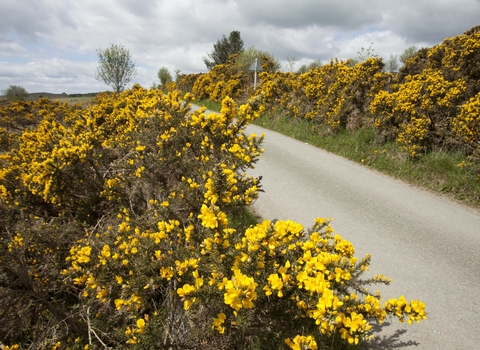
©Mark Hamblin/2020VISION
Common gorse
Windy, open moors covered in bright yellow, spiky common gorse bushes and purple heathers are synonymous with what we call 'wild' landscapes, but it can be seen in many habitats, from coast to town.
Scientific name
Ulex europaeusWhen to see
January to DecemberSpecies information
Category
Statistics
Height: up to 2mCommon.
About
Common gorse can be seen in all kinds of habitats, from heaths and coastal grasslands to towns and gardens. It generally flowers from January to June (although it may flower sporadically throughout the year), while its close relatives - Western gorse and dwarf gorse - flower from July to November. Common gorse is a large shrub and a member of the pea family.It provides shelter and food for many insects and birds, such as Dartford warblers, stonechats and yellowhammers.
